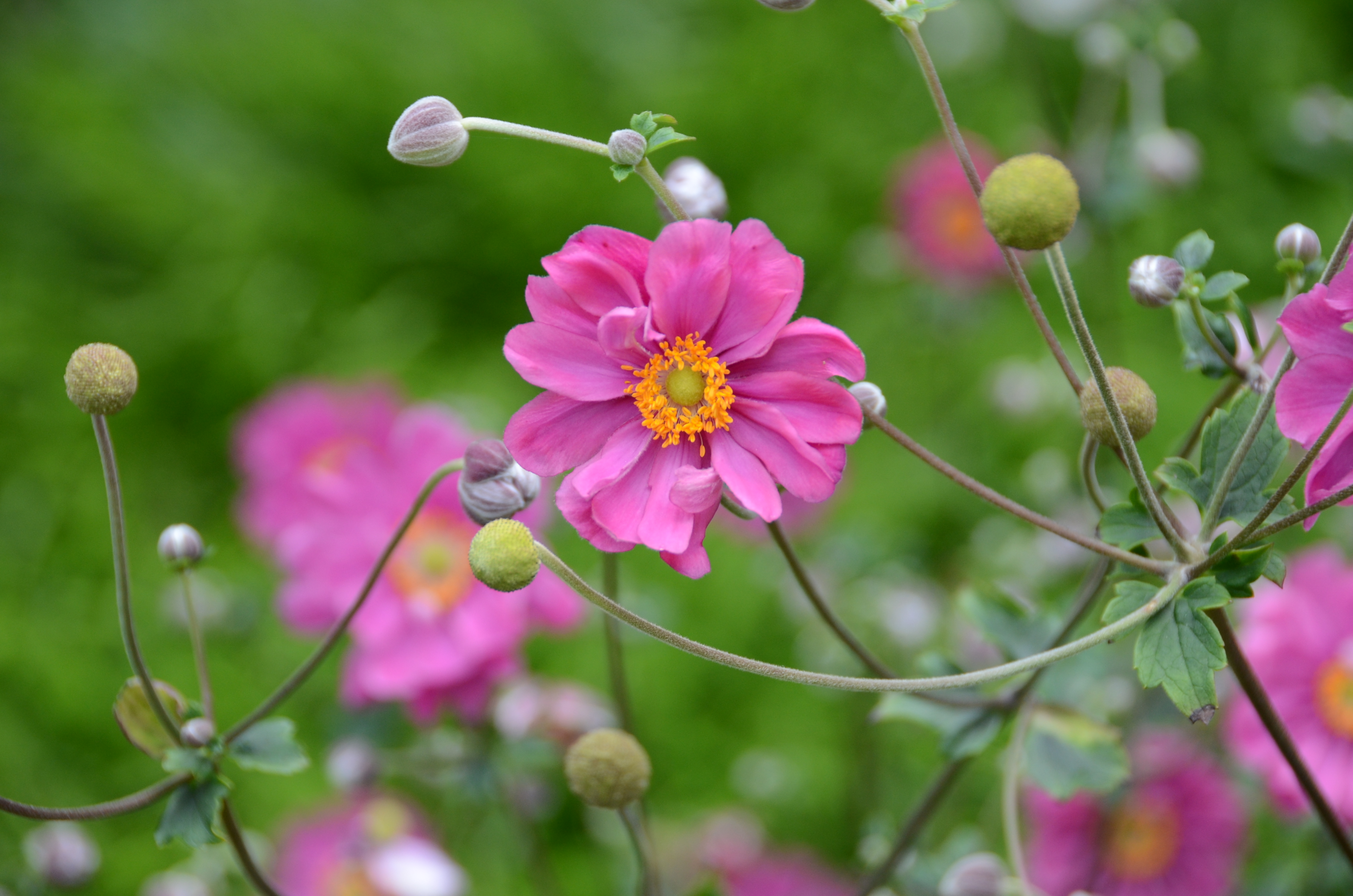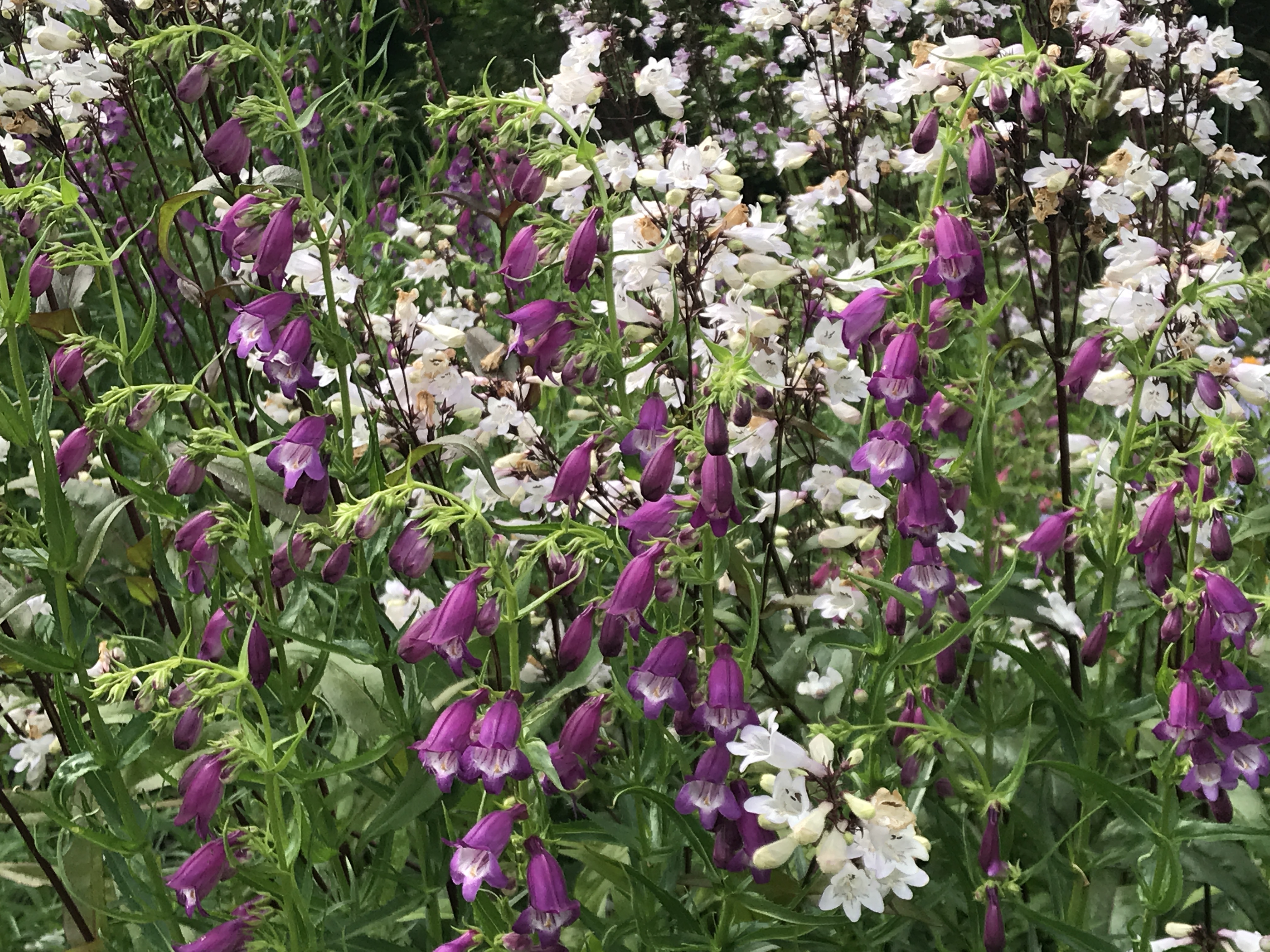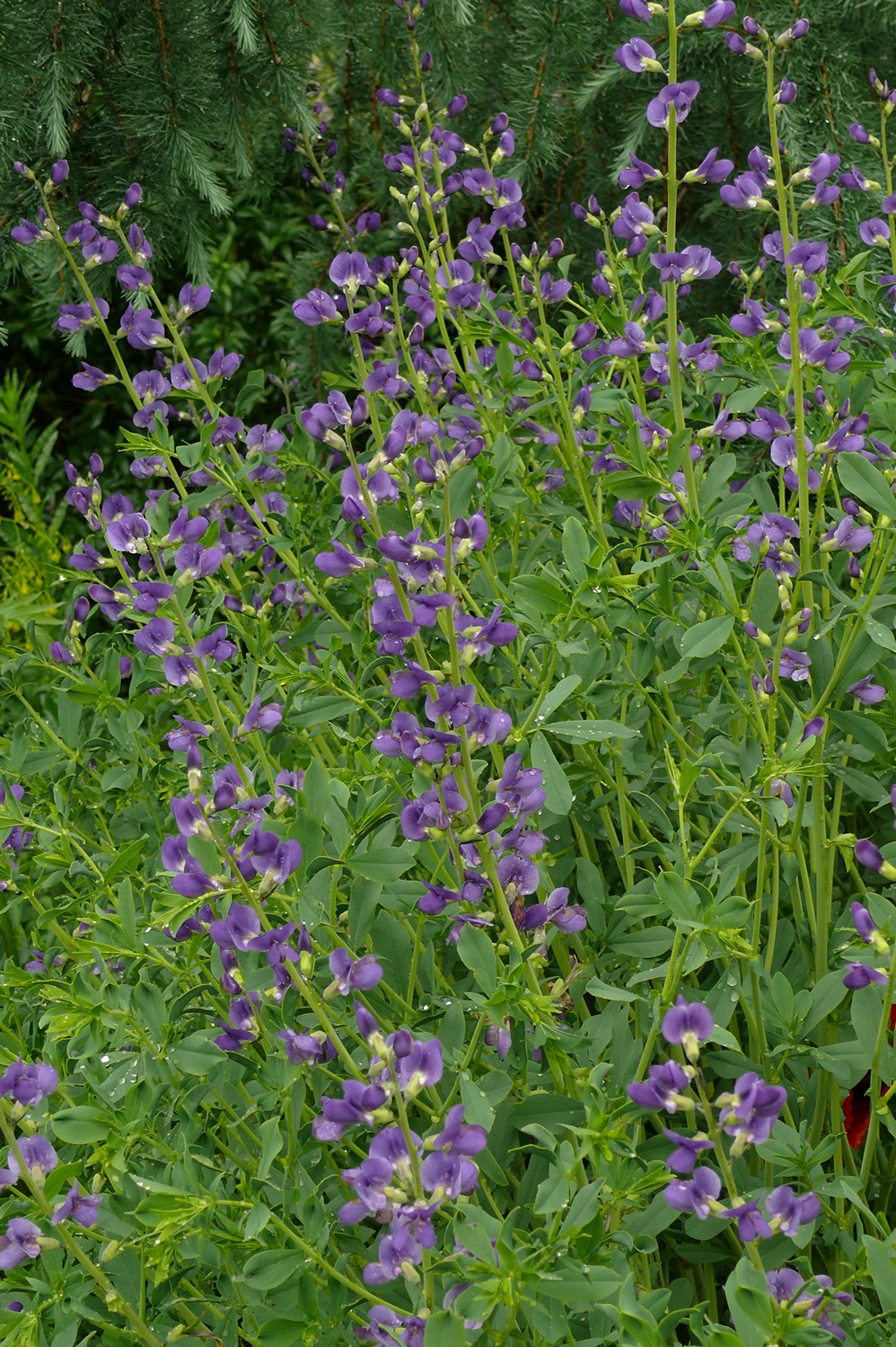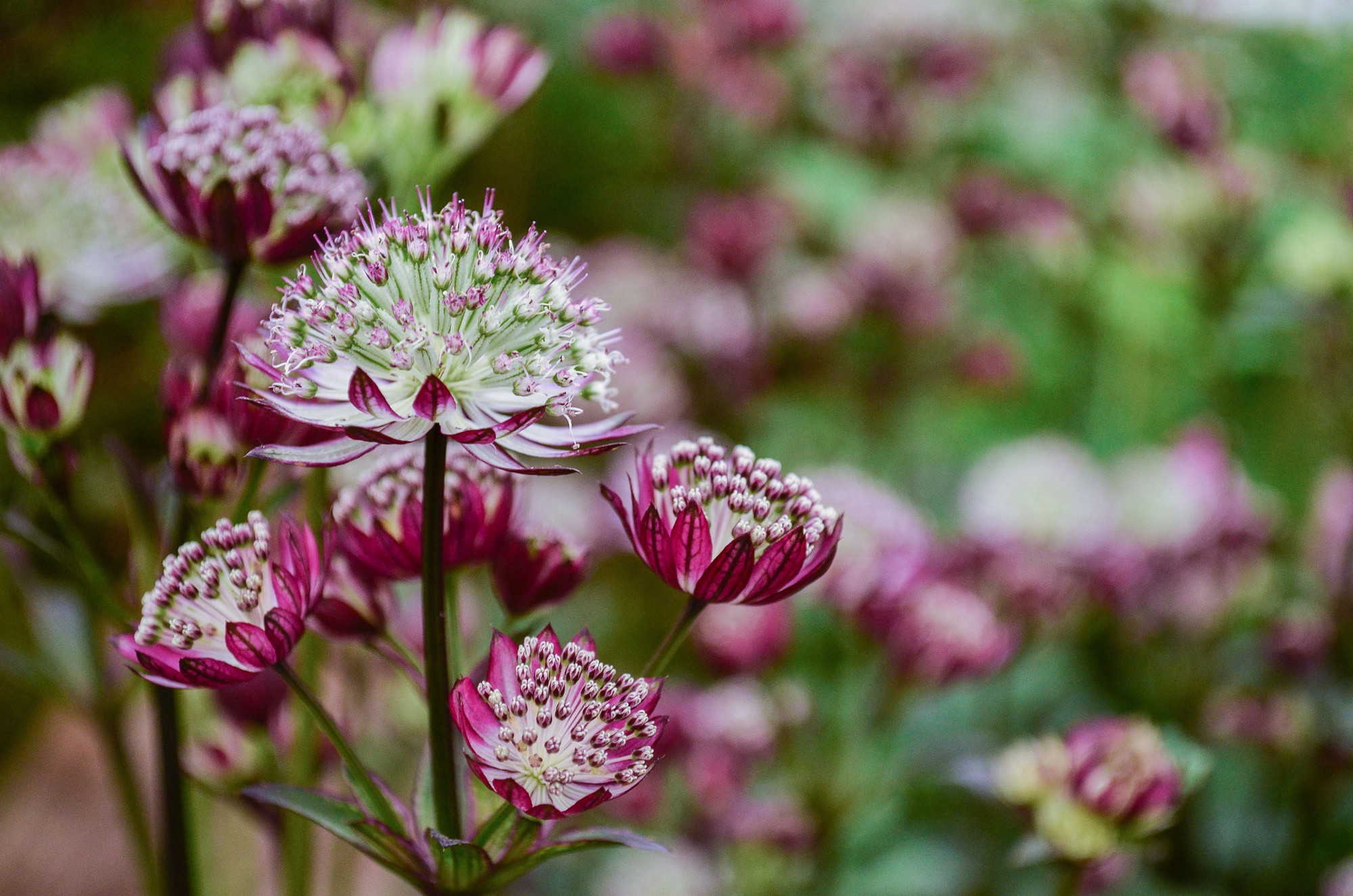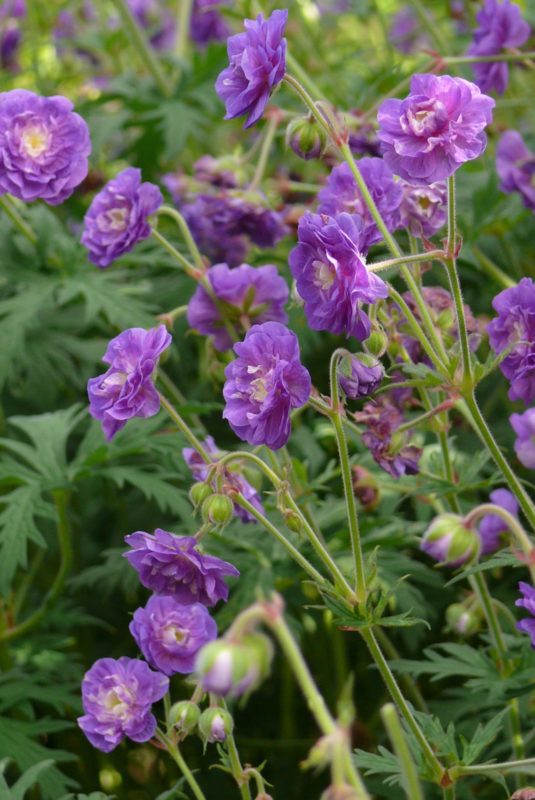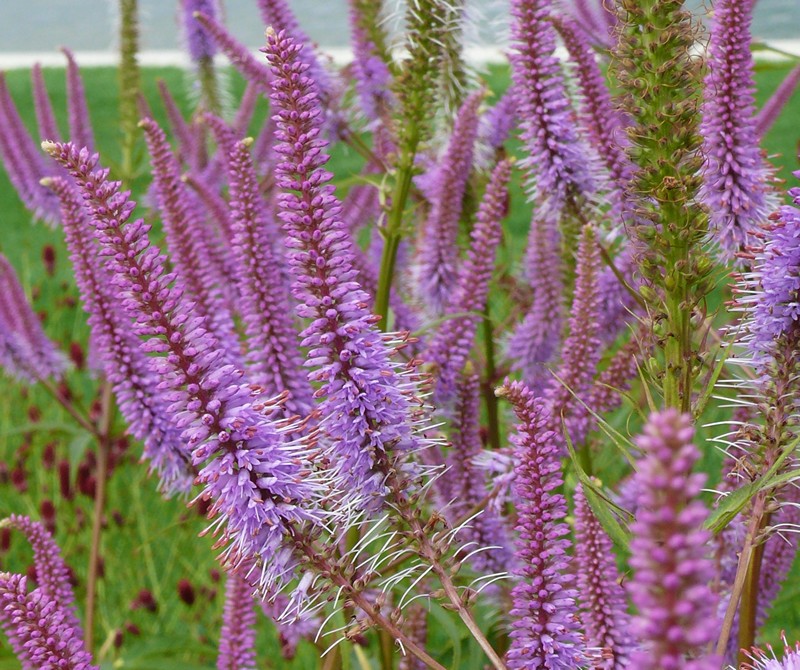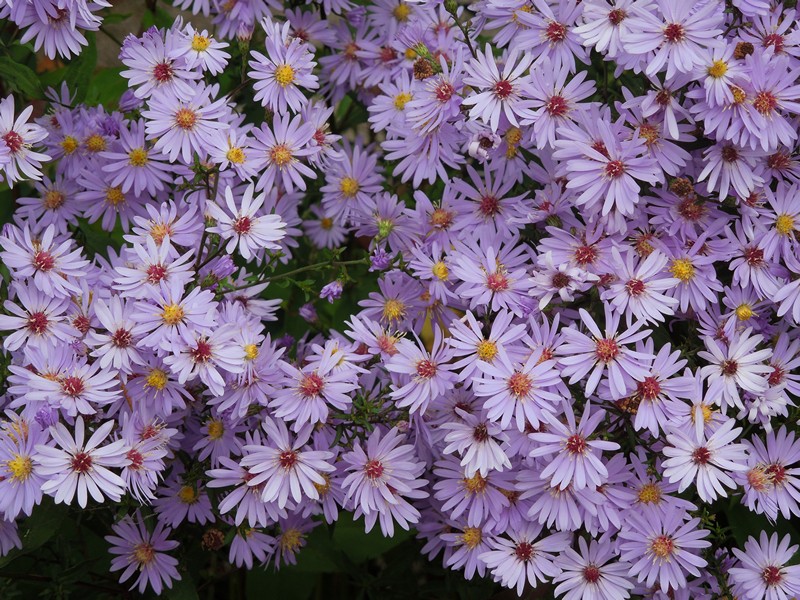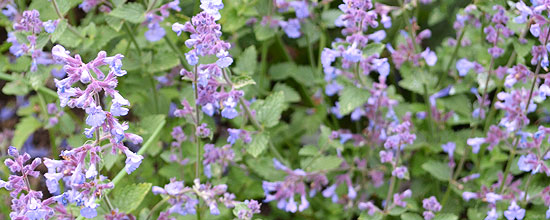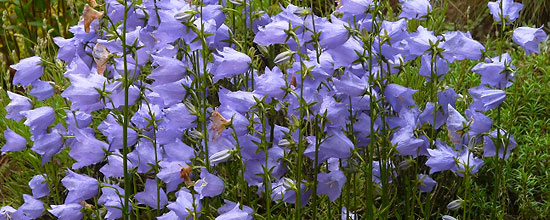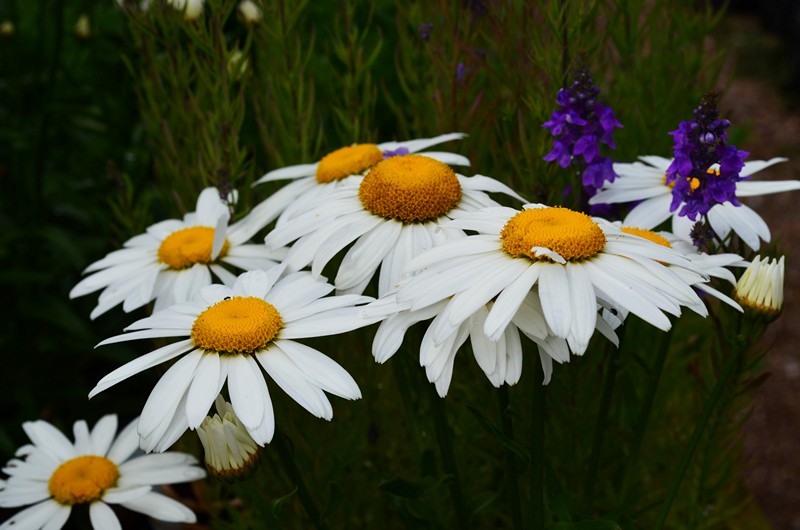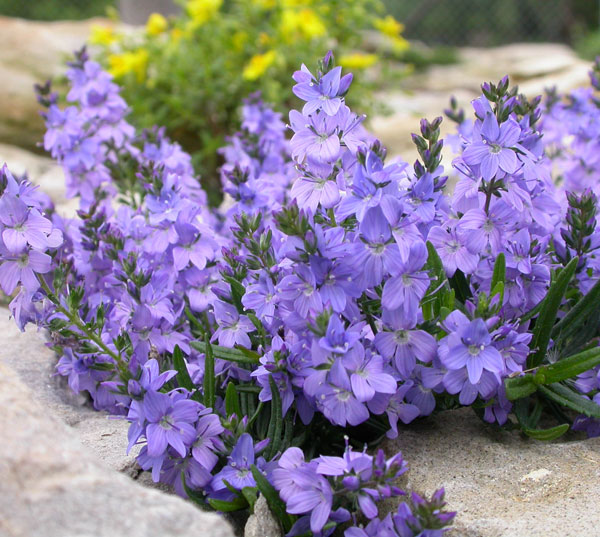Rod Echinacea with five known species is closely related genus třapatek (Rudbeckia), from which it was allocated and which is still today often equated. Plants are strong and little branched stalks topped by large outfits with striking arched target and usually pink flowers jazykovitými. The culture is the most common coneflower (Echinacea purpurea), sometimes in gardens, we can also meet Echinacea angustifolia, which differs from the preceding species mainly narrower jazykovitými flowers. In a culture infrequent, but very pretty, It is also yellow flowering Echinacea paradoxa.
Varieties bloom from late July to September, and grow to a height 50 when 120 cm. They mostly pink to almost crimson hues, less common, but now also much extended, are white-flowered. K zástupcům klasických růžových odrůd patří 'Abendsonne', 'Magnus', 'Rosenelfe' z bílých je běžná 'Alba', méně časté jsou 'White Swan', 'White Lustre' nebo 'Green Edge' a partially green dresses.
Recently they appeared on the market very interesting varieties plnokvěté, například 'Indianer' (can have some simple flowers) nebo 'Razzmatazz' (very rich full of flowers). The innovations include a variety of low, growing to a height of only around 60 cm, k nimž patří růžová 'Kims Knee High' a bílá 'Kims Mophead'. hit, so far only available abroad, the new hybrid varieties – oranžová 'Sunset' a žlutá 'Sunrise'.
The plant grows best at the station in full sun nutritious soils with a good supply of humus, but also they grow well on quite poor soils and tolerates drought.
They reproduce vegetatively mainly, native species and some varieties can propagate seeds. Echinacea is vegetatively propagated by root cuttings during the winter in December-January, or early spring in April-May. Separation of clusters is also possible, but less hearty, best suited annual mother plant. Be multiplied seed varieties and indigenous species are sown at temperatures around 20 ° C in March, after about five weeks we plantlets stab.
Echinacea is used mainly in perennial rebates, They excel in large groups in combination with other species, very nice work along with varieties of perennial phlox (Phlox paniculata), or hardy grasses (Pennisetum, Mollinia, Helictotrichon).
Well suited also to cut, With long prized and strong stems, flowers in a vase lasts about 8 days. K osvědčeným odrůdám k řezu patří například 'Magnus', 'Abendsonne', 'Leuchtstern'. Also popular are the dried flowers or targets, harvested before flowering or after flowering, when the targets dyed brown. Tongue-flowers are usually removed before drying.
Purple coneflower is also a medicinal plant, It is also used in homeopathy.
The article was published on the website of the Association Czech perenářů courtesy magazine Zahrádkář.





